For as long as human history can recall, architecture was never solely about constructing functional buildings. It was often the façade reflecting art, culture, and often power and grandeur. Today, some of the landmarks around the world have become iconic symbols of their countries.
But in fact, the closer you look, the more you’ll notice how cultures have more often influenced one another than drew clear distinctions.
As you trace the intercultural influences in each country, many lines tend to get blurred.Take Egypt for example, from Greco-Roman monuments which resonate the cultural imprint of Greece, to the Islamic architecture which spreads across North Africa, all the way to Andalusia in Spain, and the characteristic European architecture which to date links Downtown Cairo to many of the European cities.

Yet despite how intriguing this intercultural merge seems to be, it largely remains part of history. However, to one curious young Egyptian man, Amr Eid, many “what if?” questions remained unanswered.
“The entire [What If] project started when I tried to visualize what the Baron Palace would look like standing by a lake,” says Eid on his Facebook page. “When I was done [creating] this image, I started getting more ideas, and I was left wondering how they would look like. From there, I got the What If project idea.”
“What If is an imaginary project of famous landmarks from around the world collaged against Egyptian settings, and Egyptian landmarks collaged against scenery from around the world.”
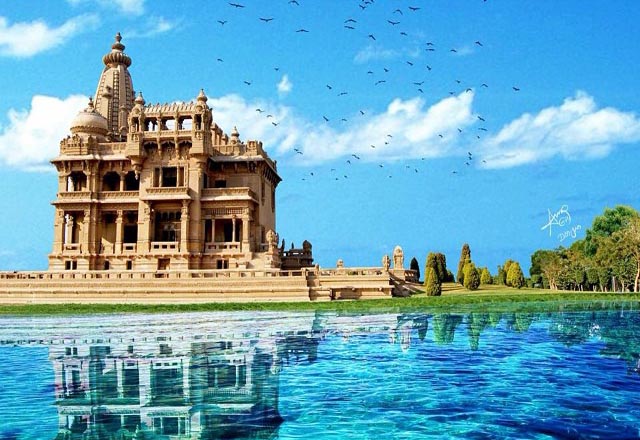
In collaboration with Omar Montasser Abou-Omar, who created the logo and helped with brainstorming, Karim Adam, who provided advice on how to ensure the images looked unique and had a high quality, and Hossam Dagher, who helped with introducing Eid to Karim Adam, Eid has published the first batch of their visual manipulations bringing the Egyptian and the world’s different cultures together in one frame.
Watch the project below, and let us know if you can identify all the landmarks.
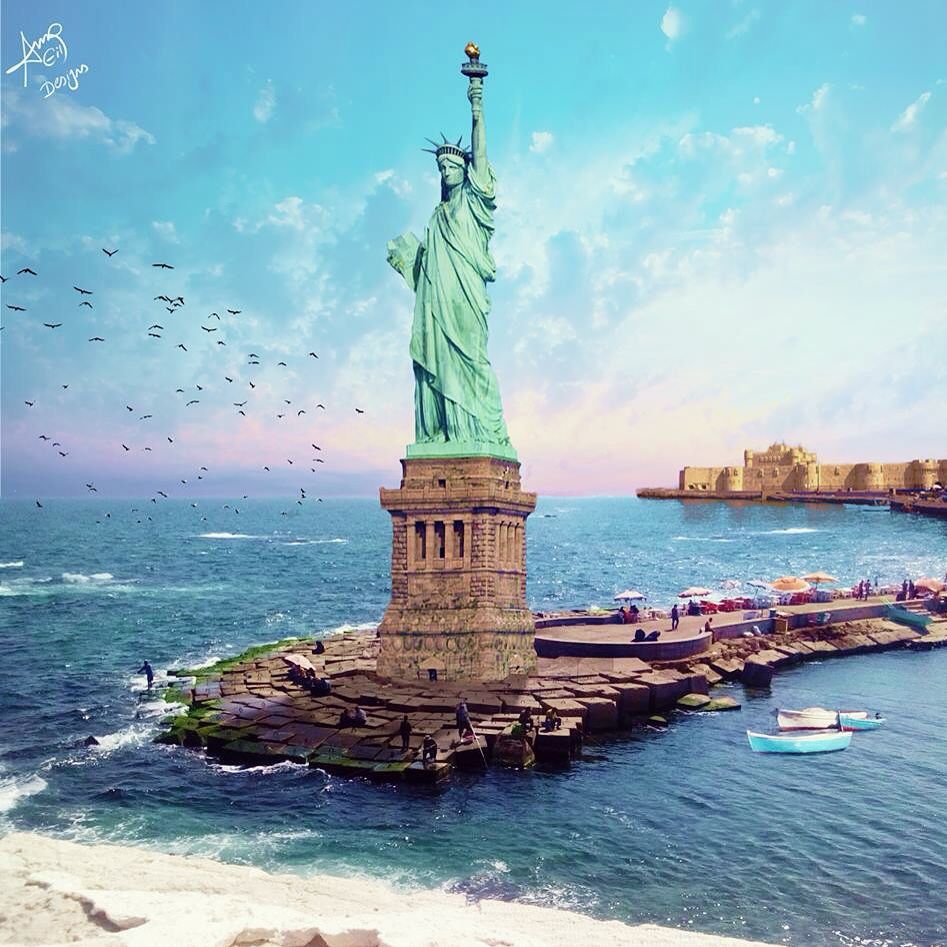
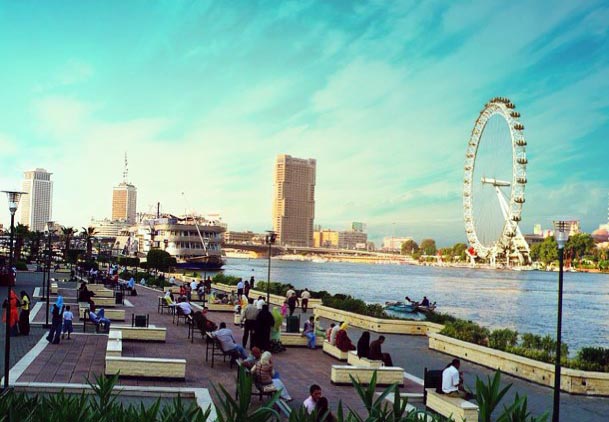
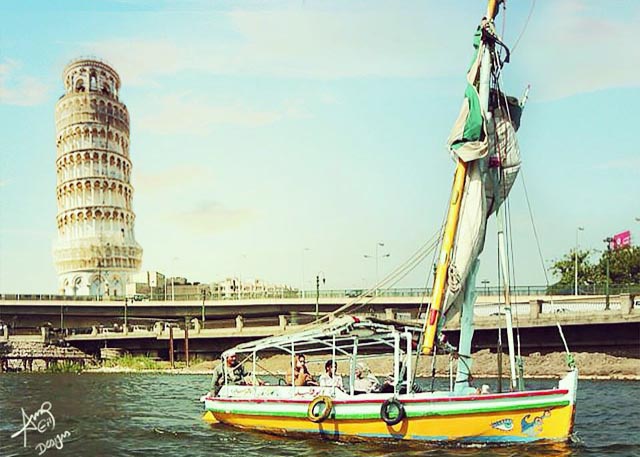
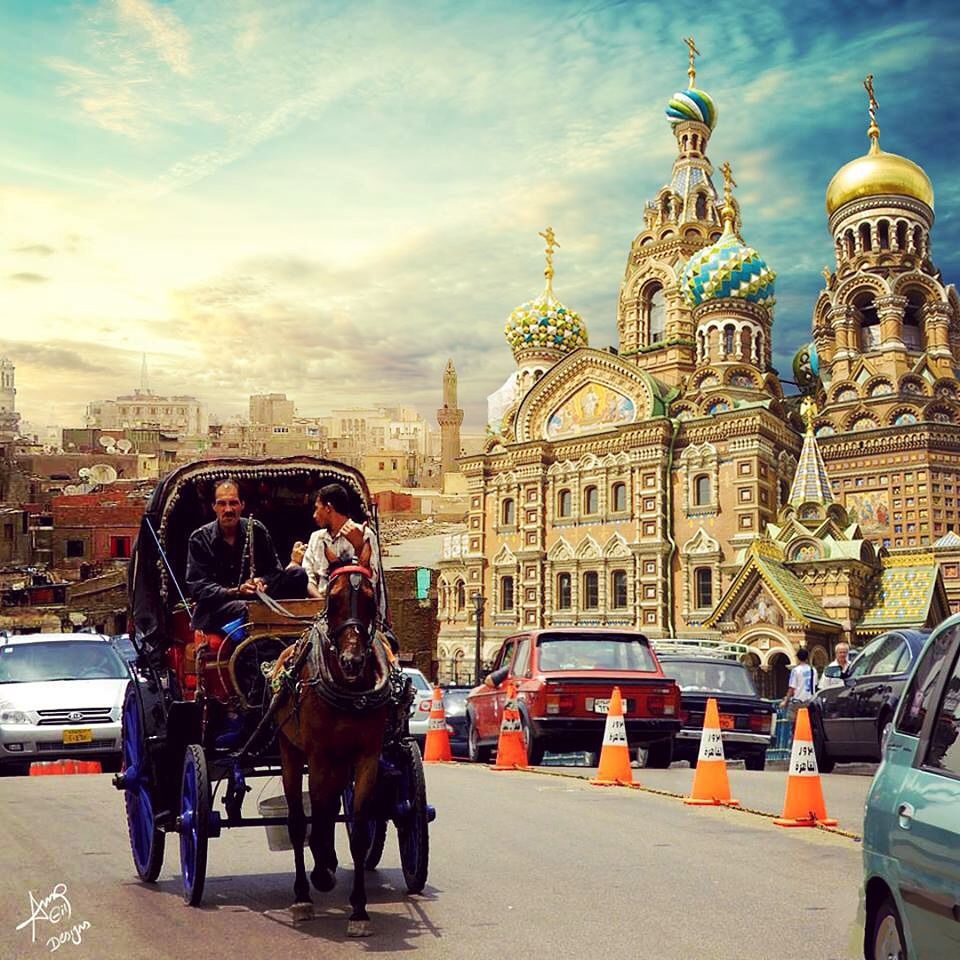
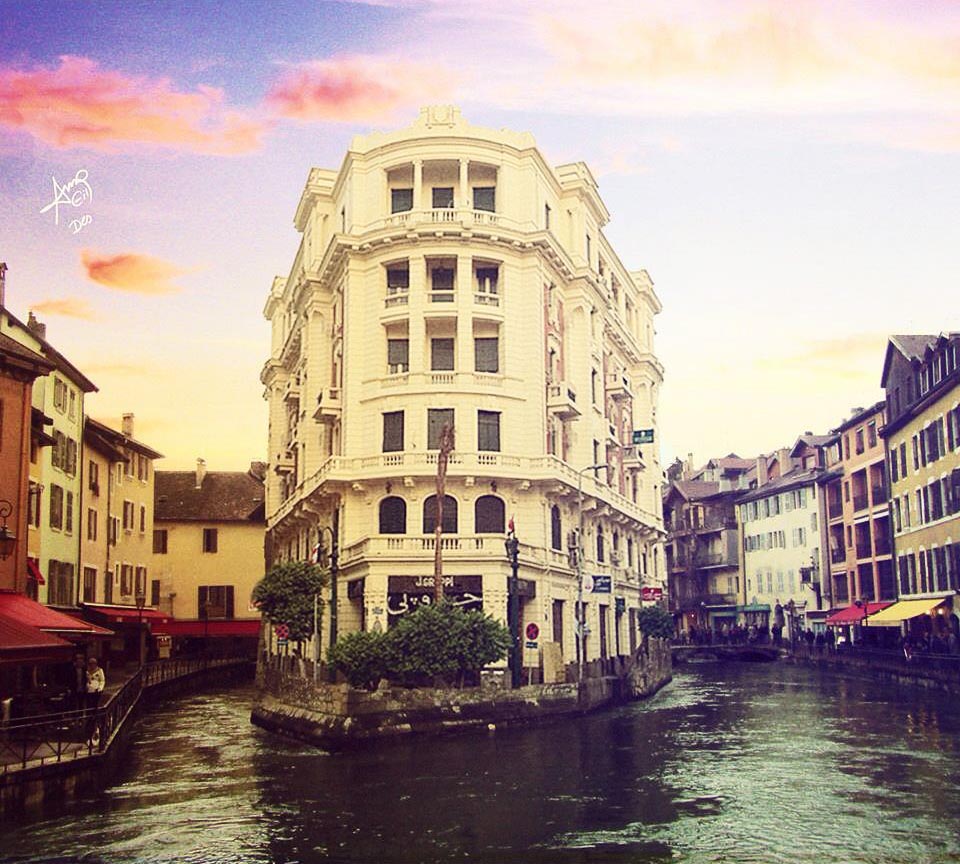
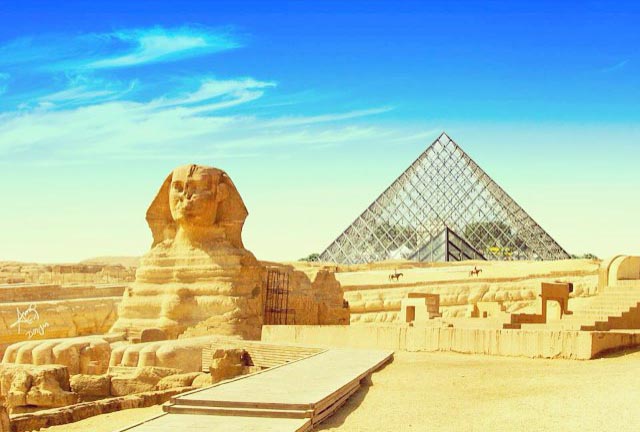
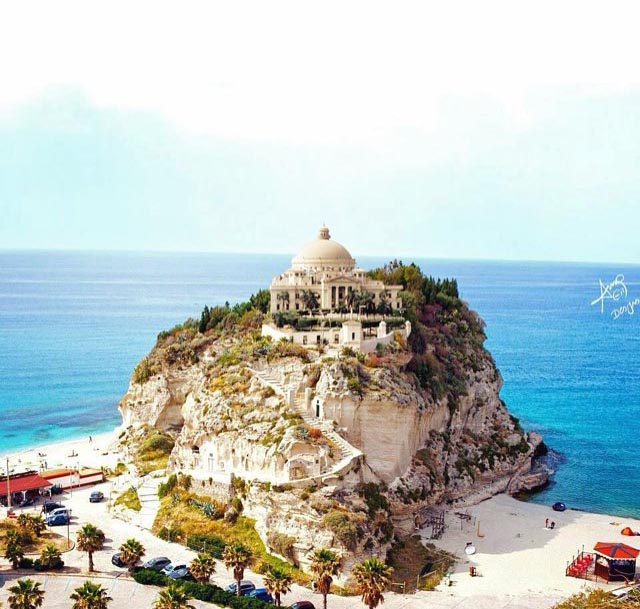
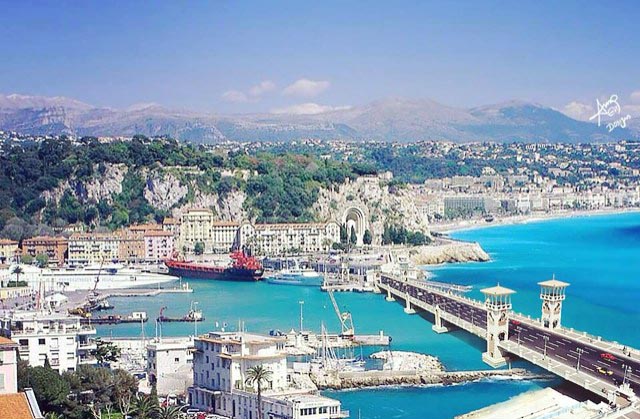
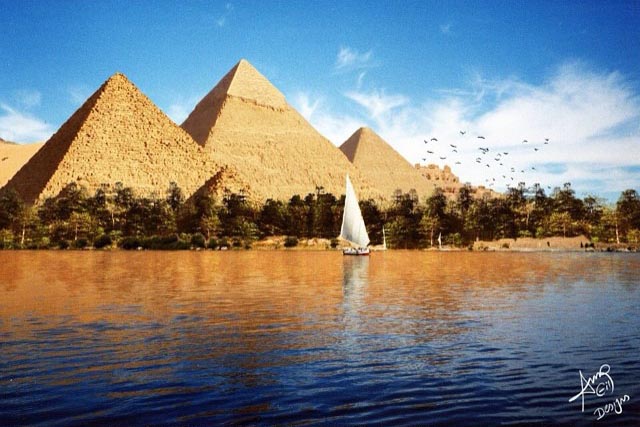



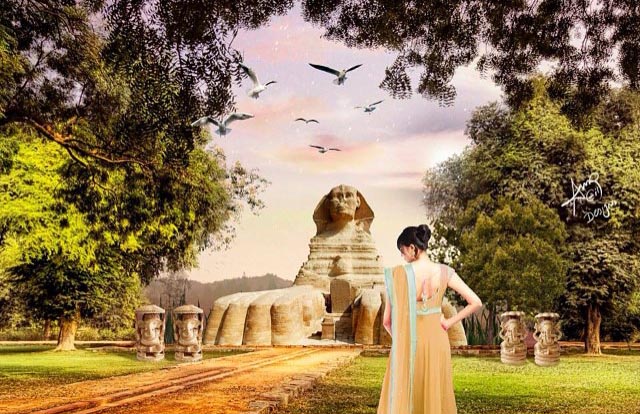

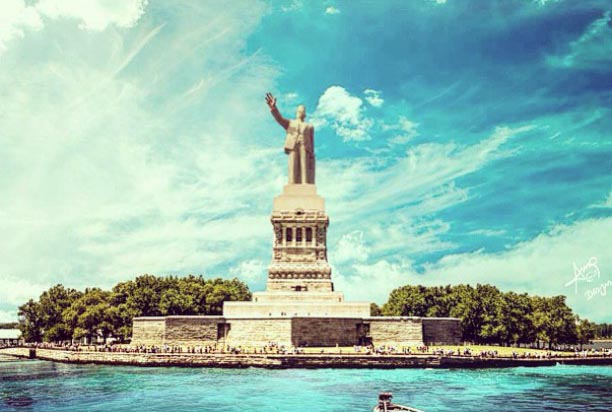


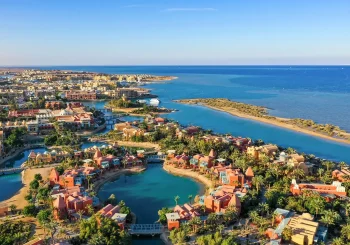


Comments (4)
[…] the project below, and go here for […]
[…] Visual Artist Merges Egypt And The World In A Stunning Photo Series Take Egypt for example, from Greco-Roman monuments which resonate the cultural imprint of Greece, to the Islamic architecture which spreads across North Africa, all the way to Andalusia in Spain. The characteristic European architecture which to … Read more on Egyptian Streets […]